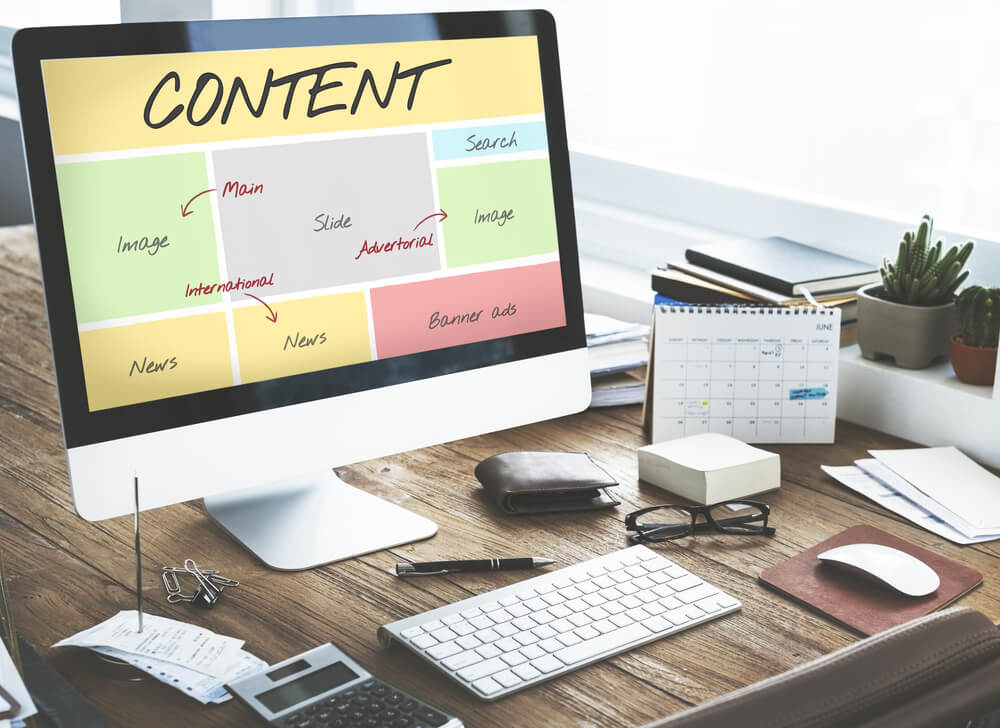
Why Leads Unsubscribe From Emails (and How to Win Them Back)
You work hard to grow your email list and deliver content to your subscribers, so it can be a hard pill to swallow when people choose to unsubscribe. Unsubscribes are just a regular (and essential) part of email marketing, but why do leads unsubscribe from emails, and how can you win them back? Keep reading to learn more!
With every email sent, you should expect to see a few unsubscribes. Currently, the industry average is around 1% so you can consider your unsubscribe rate good if it’s sitting under that mark. If it’s not, keep reading for some tips on slowing the flow of people leaving your lists.
A 0% unsubscribe rate across all your campaigns is impossible for lots of reasons — people change email addresses, change jobs, or your product isn’t relevant to them anymore. But keeping your unsubscribe rates low should be a pretty easy task. If you’re seeing a rise in email unsubscribe rates, there are a few things you can do to win subscribers back.
There are a few main reasons people will leave your list:
- Too much email
- Pushing too many offers
- Content isn’t relevant or useful
- Didn’t subscribe or forgot they subscribed
To slow the number of unsubscribes, a good practice is to look at these common complaints and see if your email strategy is guilty of them. Because customer lists are as unique as the companies themselves, there is no one-size-fits-all answer for why consumers decide to unsubscribe. However, taking time to review your email marketing strategy to ensure it’s not hitting these common pain points is one way to keep unsubscribe rates low.
Below are some tips on how you can adjust your strategy to fix some of these issues.
How to Win Back Email Subscribers
1. Sending Too Much Email
Probably the trickiest to strategize, email frequency is one of the most difficult things to nail down perfectly for every single person on your list. Yet, email volume is the number 1 reason customers say they unsubscribe. Since everyone will have a different idea of what their ideal frequency is, most brands just send, send, send and leave it up to the consumer to decide if they want to open or not.
Unfortunately, this is not the best strategy when we’re all dealing with heavily overloaded inboxes, but what is the ideal frequency? That answer will vary depending on your list, but there are a few different ways you can figure it out.
First, ask your list! Send out a survey asking how often they’d like to hear from you. Keep it super simple and give them a few options to select from. If you’re using a marketing automation tool that allows you to easily segment your lists, you can use this data to create segments that have different strategies. For example, people who want more frequent emails can receive more, shorter emails, while those who prefer less frequency can receive fewer, longer campaigns.
Another way to test if you’re sending too much email is to pull back. If you’ve been struggling with high unsubscribe rates and you send 2+ emails per week. Try reducing the frequency for 60 days and monitoring any changes.
2. Sending Too Little Email
On the opposite end of the spectrum, sending too little email can ultimately hurt your business too. We live in a very fast-paced world and decisions are made quickly. If a customer interested in your product or service signs up for your list but then doesn’t hear from you for weeks after, their interest may be gone.
The point of marketing through email is to make sales and stay top of mind, which is hard to do if they are only interacting with you 1-2 a month. If you don’t think you have enough content to send more frequently, think again!
Campaigns do not have to be long. You are fighting for people’s attention in a crowded inbox. It’s perfectly fine to keep it short and sweet. Take a look at which campaigns or templates can be split into two shorter messages. Customers also love emails that are helpful so you can easily add a campaign that includes a tool or service tip they might not know about. Don’t forget you can cross-promote your social media channels in email too!
Another way to add frequency without adding a ton of additional manpower is to use marketing automation to create email drip campaigns like a welcome series that automatically sends a thank you and two top-performing campaigns.
3. Start Segmenting
If you’ve been sending all emails to one big list, it’s time to sit down and seriously rethink. Segmenting has shown to increase open rates by almost 15% instantly. Why? Because no matter how you segment your list, it becomes a more targeted part of your audience. Whether you’re segmenting based on location, interest, or even email frequency, it becomes effective as soon as you start implementing it.
Segmenting lists is a very effective way to increase email engagement because it gives marketers better control to send messages that are actually relevant to the readers. For example, if you live in Chicago you might not care to open emails about events happening in Florida.
By reducing the number of unwanted or unrelated campaigns that end up in a consumer’s inbox, you are increasing the chances of them choosing to stay on the list.
4. Stop Overselling
Of course, the goal of these campaigns is to secure more customers and make sales. Unfortunately, it turns out people don’t love being sold to over and over and over (surprise!). So how do you secure sales with each campaign without screaming “BUY” at the top of your lungs?
First off, every email campaign can have a sales pitch, but every email campaign shouldn’t start with a sales pitch. Email is a great relationship builder. You’re able to get into people’s personal space to have an individual interaction with them — use this to your advantage!
Email can be used to educate consumers on a little-known feature of your product or service. It can be used to educate subscribers on industry issues that your product solves. It can be used to share tutorials on ways your product can be used. All of these topics are still specific to your industry and still discuss how the purchase of your product or service can improve their lives without adding a single coupon code or sale language to the subject line.
The Importance of List Maintenance
We all have busy lives and fully loaded inboxes. Have you ever been in a position to play catch-up and just delete while quickly scanning the sender name? No? Well, we have. When we’re trying to knock our new message total from 650 to a manageable 100, we’re scanning for essentials and sometimes even subject lines don’t make the cut. In these cases, we stick with names we know and love.
In these cases, even the best email marketing strategy isn’t going to make the cut. Watching unsubscribe rates is just one way to keep tabs on what your customers want and the quality of your list. Some unsubscribes are good! These people are electing to let you know that they are not interested so you don’t have to remove them yourself later. Too many unsubscribes can seem like a big red flag but try these adjustments first before throwing away your entire email marketing strategy.






